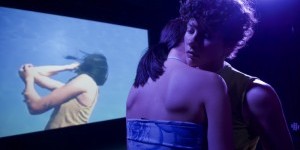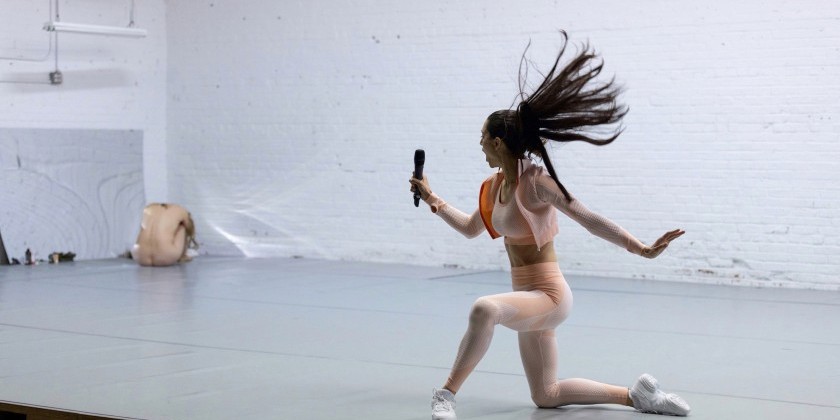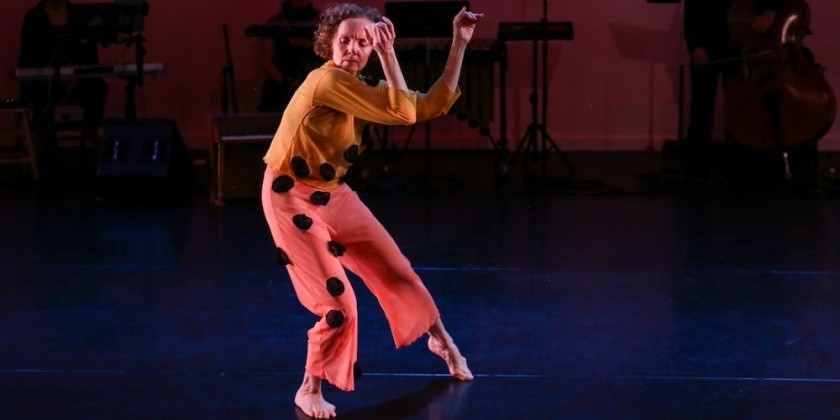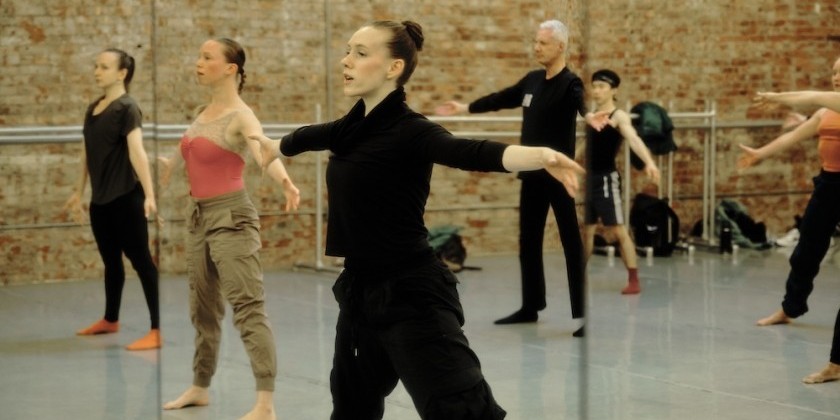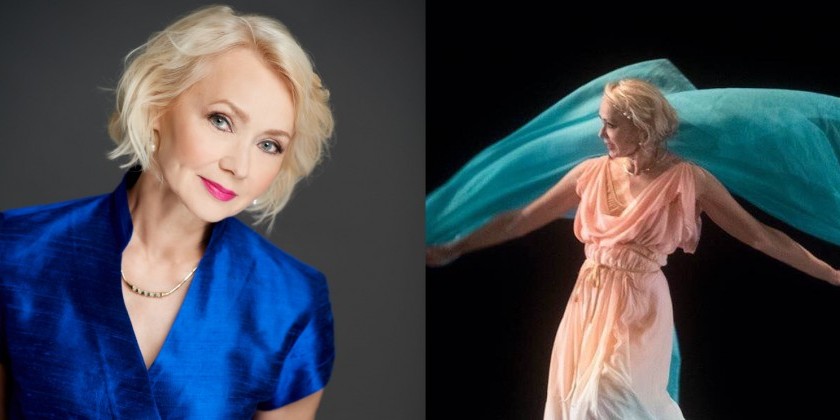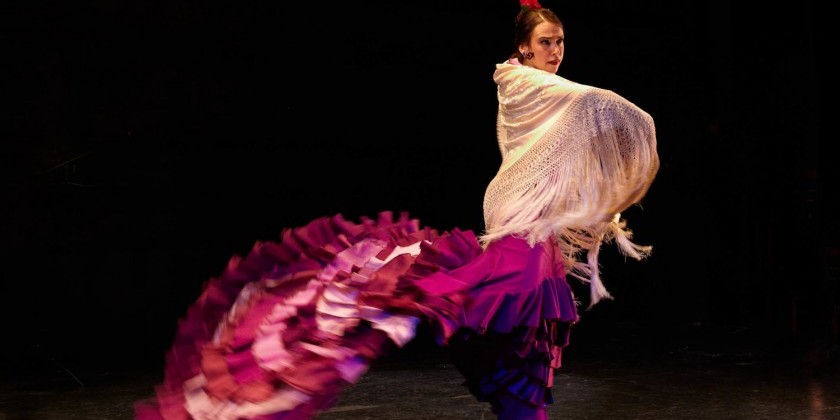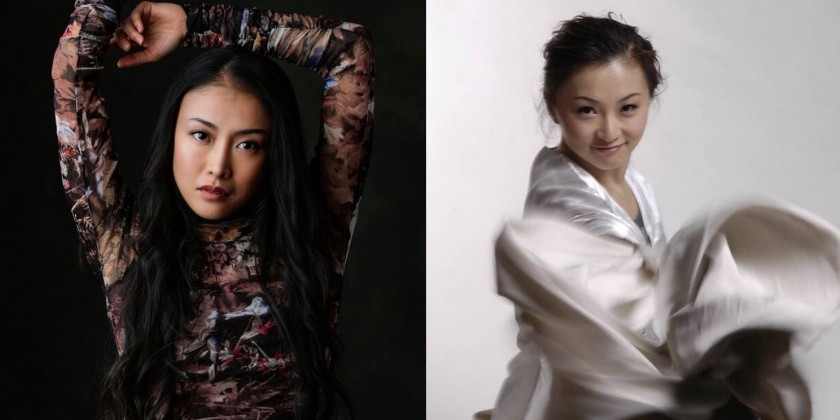TDE Asks: Abby Zbikowski, Winner of the 2017 Juried Bessie Award
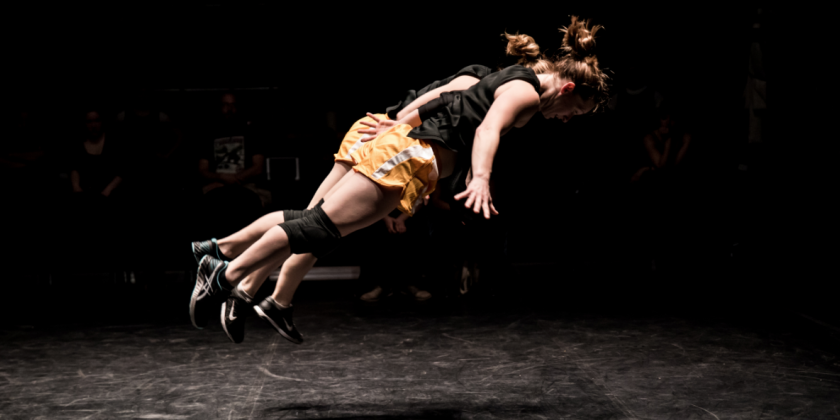
Film has the Oscars, television has the Emmys, and Broadway has the Tonys. Not be outdone, concert dance has the NY Dance and Performance Awards, affectionately dubbed the Bessies after beloved teacher Bessie Schönberg. While not as widely known as other awards, a Bessie is considered one of the highest honors an artist can garner. The awards were established in 1983 at Dance Theater Workshop (now New York Live Arts) to honor excellence in movement-based performance.
The Bessie Selection Committee presents and then votes on nominations in choreography, performance, music composition, and visual design. Everyone, though, can voice his, her, or their opinion by joining The Bessie League for ten bucks. Members of The Bessie League attend a roundtable in the spring and can suggest candidates for The Bessie Selection Committee.
While most of the winners will be revealed at the event, several recipients have already been announced. Abby Zbikowski received the Juried Bessie Award for her “rigorous and utterly unique development of an authentic movement vocabulary.” Will Rawls won The Bessie for Outstanding Emerging Choreographer for “creating astute, genre-eluding work.” Urban Bush Women founder Jawole Willa Jo Zollar will be presented with the Bessie Award for Lifetime Achievement, and writer Eva Yaa Asantewaa will be honored with the Bessie Award for Outstanding Service to the Field of Dance. The full list of nominees may be accessed here.
Hosted by James Whiteside and Shernita Anderson, The Bessies will take place on Monday, October 9 at New York University’s Skirball Center for the Performing Arts. In addition to the awards ceremony, attendees will enjoy performances by Jawole Willa Jo Zollar, the Trisha Brown Dance Company, and a musical tribute to Baba Chuck Davis performed by Abdel Salaam and Forces of Nature. Purchase tickets here.
Sammi Lim for The Dance Enthusiast: Felicitations, Abby! What was your first reaction upon hearing that you were 2017’s recipient of the Juried Bessie Award?
Abby Zbikowski, contemporary dance artist: It took me by surprise and I wasn’t totally sure what it meant at first. When I got the phone call I was in the car on the way home (as a passenger) after a long day of riding roller coasters in NJ, so it definitely caught me off guard. After Lucy Sexton (independent producer of the Bessie Awards) explained that I had been considered for it, she went on to say that I had actually won. After some online research about past winners and becoming more familiar with what kind of artist/work this award recognizes, I was extremely honored.
TDE: Many a dance enthusiast is familiar with your style and works, but fewer are acquainted with your beginnings. Do tell of first dipping your toes into dance?
AZ: It’s interesting to me that you say that, as I am still trying to peel the layers back and identify the plethora of dance practices, teachers and life experiences that impacted me and the work I do. While there might be an assumed style, I’m more interested in the inner life of exteriorly identified forms. This all roots back to your question . . .
Tap was my first formally practiced dance form and the one that I regarded most dearly up until college. I also tried dance studio modern and jazz along the way, but there was something about the feeling of tap and it not necessarily being about looking or acting a certain way that I’ve always connected to. It was about hitting the sounds. I liked the sensation of it. I feel the same way doing West African forms, hip-hop and house.

TDE: Is there anyone with whom you’d like to share a toast for receiving this high level of recognition from The Bessies?
AZ: Definitely with my longtime collaborators/dancers Fiona Lundie and Jennifer Meckley. They have been through so much with me over the past eight years, and have taught me so much about what exactly I am in pursuit of as a choreographer. They keep coming back intense process after intense process ready to dig even deeper and see what else they are made of. I’m still in awe of them.
TDE: Have you made any ‘mistakes’ in your practice that turned out to be a blessing in disguise?
AZ: I think I’m still discovering them. Like I said earlier, I’m continuously unraveling aesthetic realms I’ve connected unintentionally. For example, when looking at the physicality of my latest work abandoned playground, I see aspects of my tap training in the timing/phrasing fused with the motor and aggression of hardcore punk in the unrelenting yet specific and precise rhythms. Both live deep within my body and psyche, I just didn’t intentionally bind them at first.

TDE: Pick one option from the following pairs and tell us why it resonates better:
-
Isadora Duncan or Martha Graham?
AZ: Martha because of her percussive guttural initiations. I can relate.
-
Super strength/stamina or effortless grace?
AZ: Super strength and stamina, I guess. But not because I need everything to be forceful and endurance-based to be valid. I actually don’t know if I believe that “effortless grace” exists. From my perspective, effort, no matter how small, lives in everything we do.
-
Psychology or psychiatry?
AZ: Psychology because I’m more interested in understanding how our minds work than diagnosing and fixing anything. Everyone has a psyche with particularities that reflect their individual lived experiences combined with their DNA. I’m really interested in how that lives inside the process of making, performing, and understanding work.

TDE: If aliens were to visit earth, which dance work would you present to explain what it is that you do?
AZ: I would probably show them some track and field events, like the long jump and hurtles, and some YouTube videos of people who have found efficient and alternative ways of handling manual labor — innovators of new techniques surrounding work. (Not to reformat your question, but sometimes it’s easier for me to explain my work through third party/non-dance examples). There are these montage videos on the People are Awesome page that show people using rhythm and proprioception to pour as many cups of tea as possible in the shortest amount of time, which means using the longest distance possible between the pot and the cup. It’s really exciting and insanely exact. I like watching how the spine listens to the rest of the body when all this fast and furious work is being done. There’s a coolness there. If I had to choose a dance, it would be H3 by Grupo de Rua/Bruno Beltrao.






